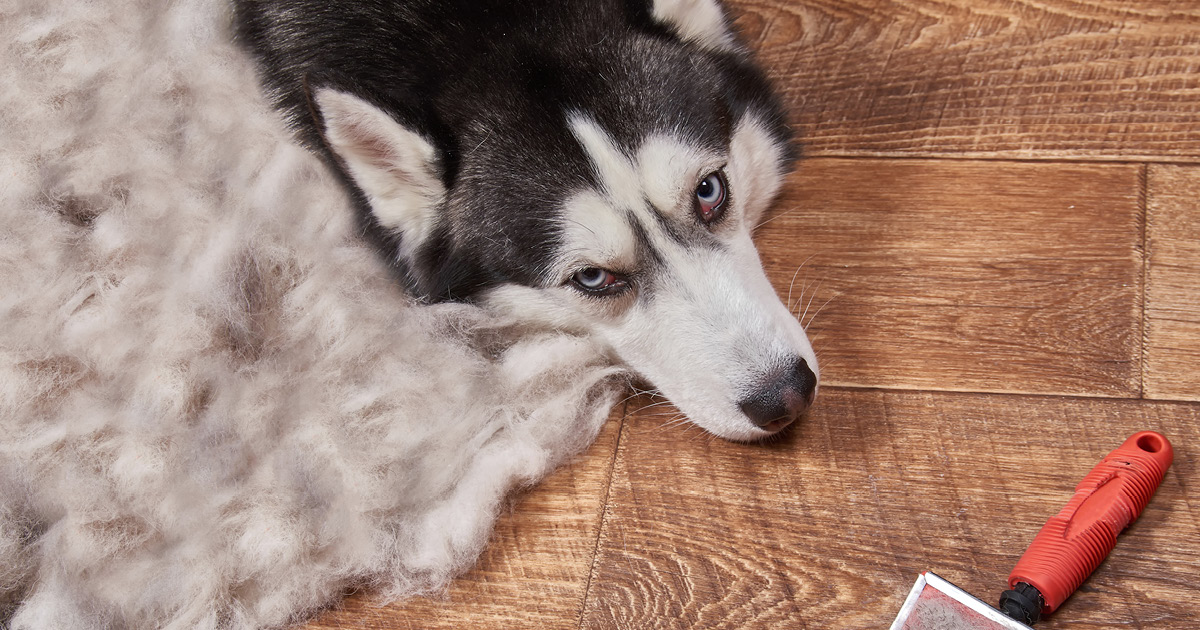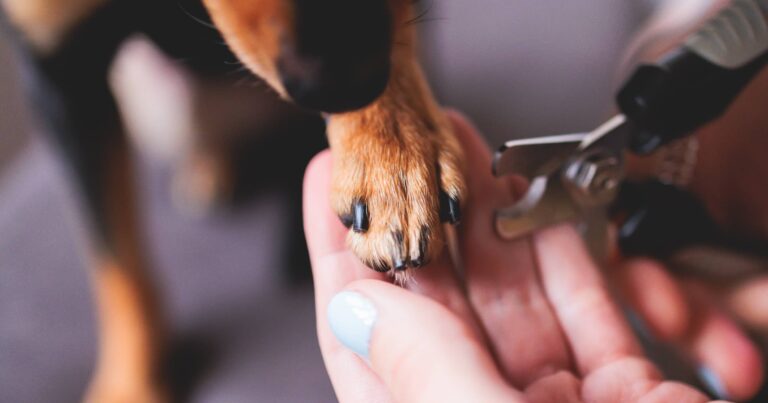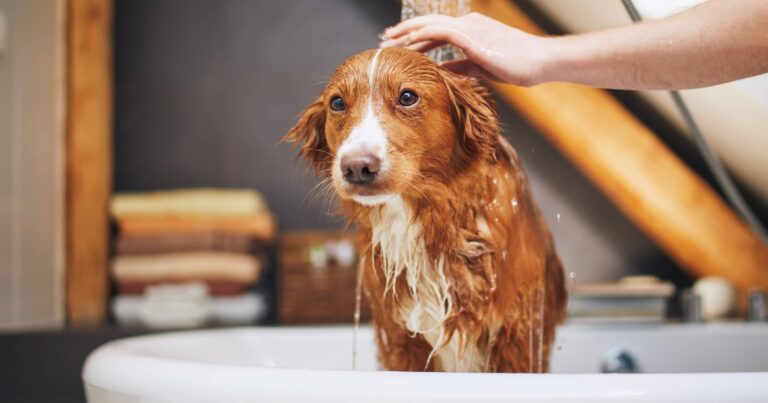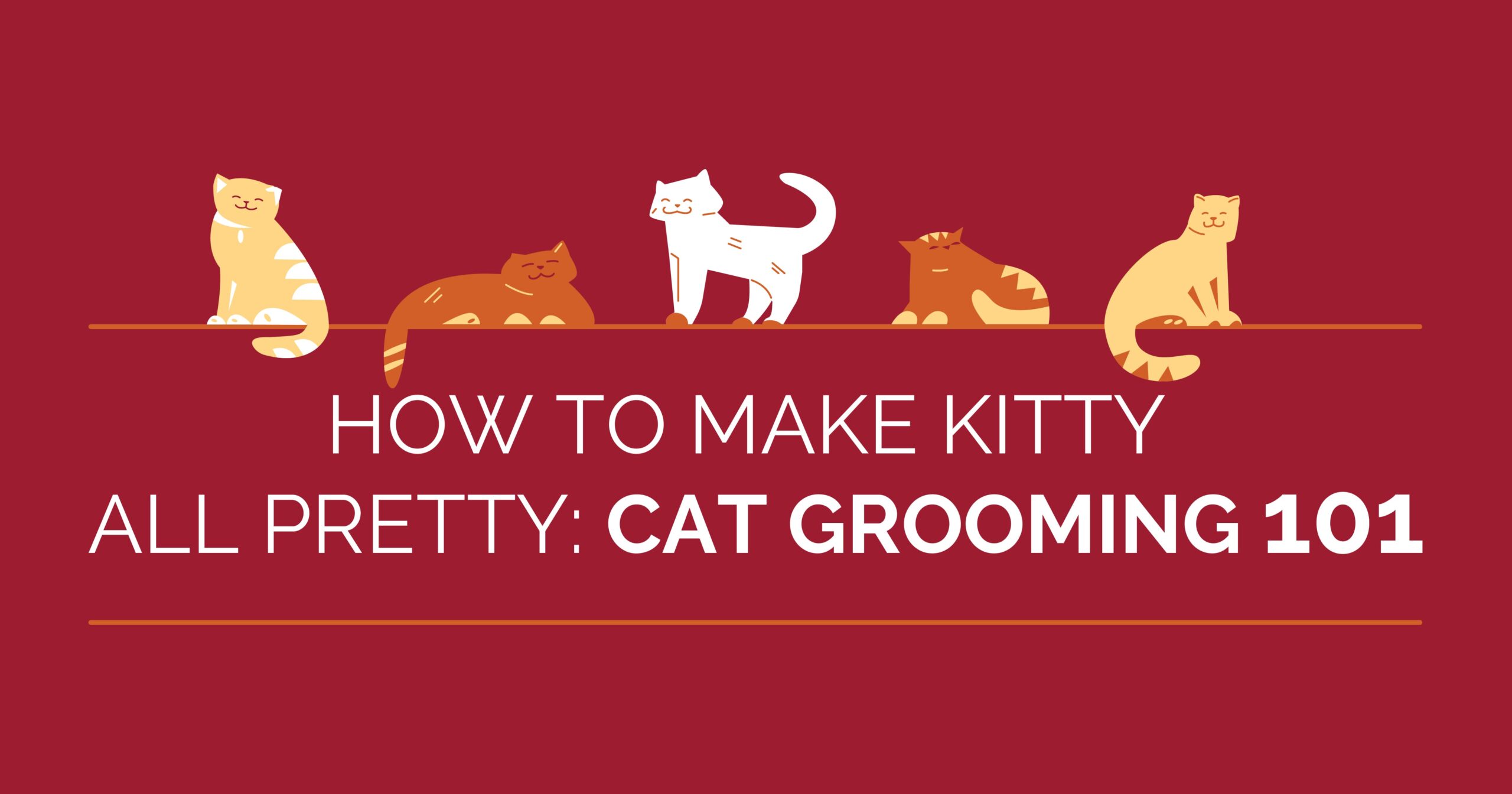Being a proud dog parent is great, isn’t it? There’s almost no downside to owning a dog, until you think about dog hair. When you share your home with a dog, one thing you’ll never lack is dog hair — it’s on your clothes, furniture and even in your food. Some dogs shed seasonally, and some dogs shed all year round. To properly control dog shedding, you need to keep their coat healthy while remembering that a dog’s skin plays a role in excessive shedding as well. So how do you do that? Here’s our guide to all you need to know about your dog’s hair, which breeds shed more than others, and how to keep dog shedding under control.
Shedding Control from the Inside Out
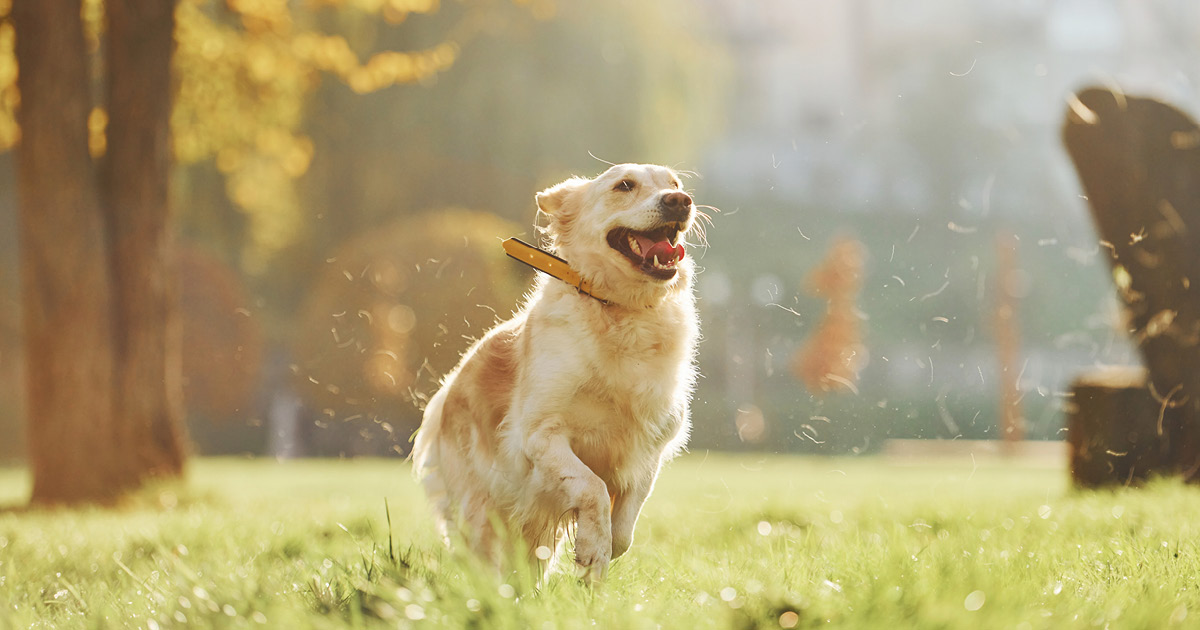
There’s no way to truly stop your dog from shedding, but you can minimize the fallout by ensuring your dog is properly nourished. But before we get too far down that road, let’s learn just a little bit more about dog hair and why dogs shed.
Shedding Is a Normal Process for Most Dogs
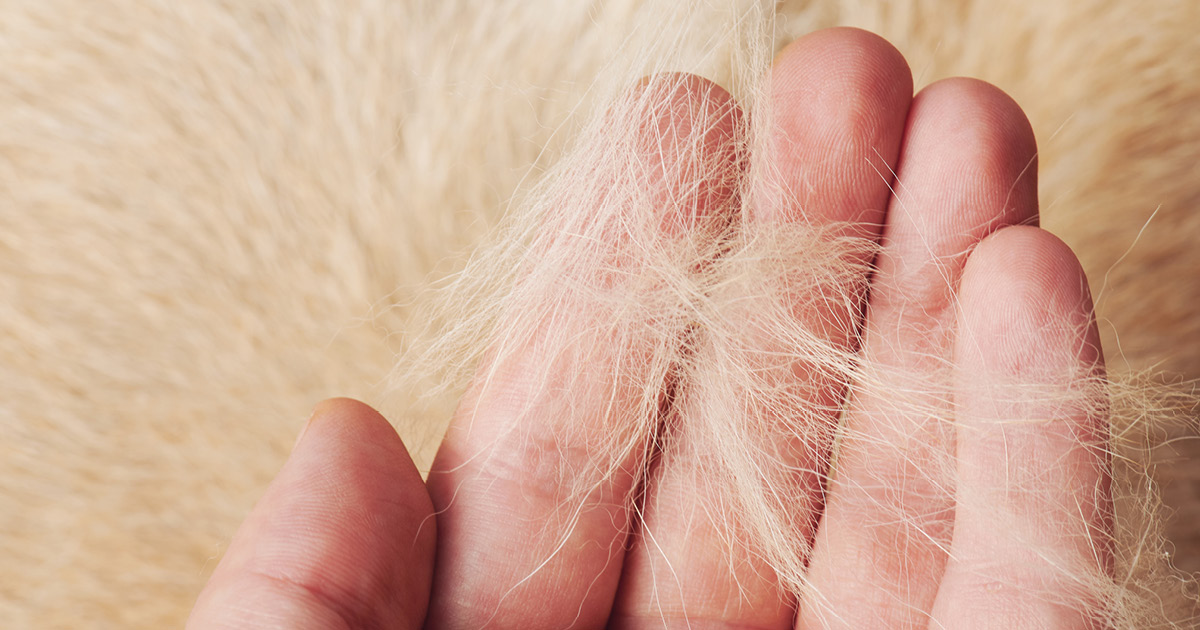
Shedding is a natural process by which dogs lose their old or damaged hair. The amount and frequency of shed hair is influenced by several factors, including day length, environmental temperature, health status and animal breed. Dogs who spend most of their time indoors tend to shed more lightly and evenly throughout the year.
Hair growth occurs in cycles. The time needed to complete a full cycle varies between species and even between breeds.
Food for Fur

Your pet’s skin and hair affect their need for nutrients, especially protein and fat. So the condition of your pet’s fur reflects the quality of the food he or she eats. That’s because the skin and coat form the largest organ of adult dogs and cats, accounting for 10 to 15 percent of their total body weight. Dog hair is made mostly of protein, ranging from 65 to 95 percent protein depending on its moisture content. According to Small Animal Clinical Nutrition, a long-coated, small-breed dog may use as much as 30 percent of the protein in their food to maintain daily hair growth, while a larger, short-haired dog may use only 10 percent. Pets whose diets don’t meet their nutritional needs will have a dry, brittle and dull coat and often will shed excessively.
When choosing a dog food in an effort to manage shedding, veterinary nutritionists and veterinarians recommend selecting a diet that’s rich in high-quality, highly digestible protein, essential omega-3 and omega-6 fatty acids, vitamins A and E, and zinc. Diamond Naturals dry formulas for dogs provide easily digested, high-quality protein and a blend of omega-3 and omega-6 fatty acids to help keep your dog’s coat shiny and skin healthy.
When Should You Talk to Your Veterinarian?
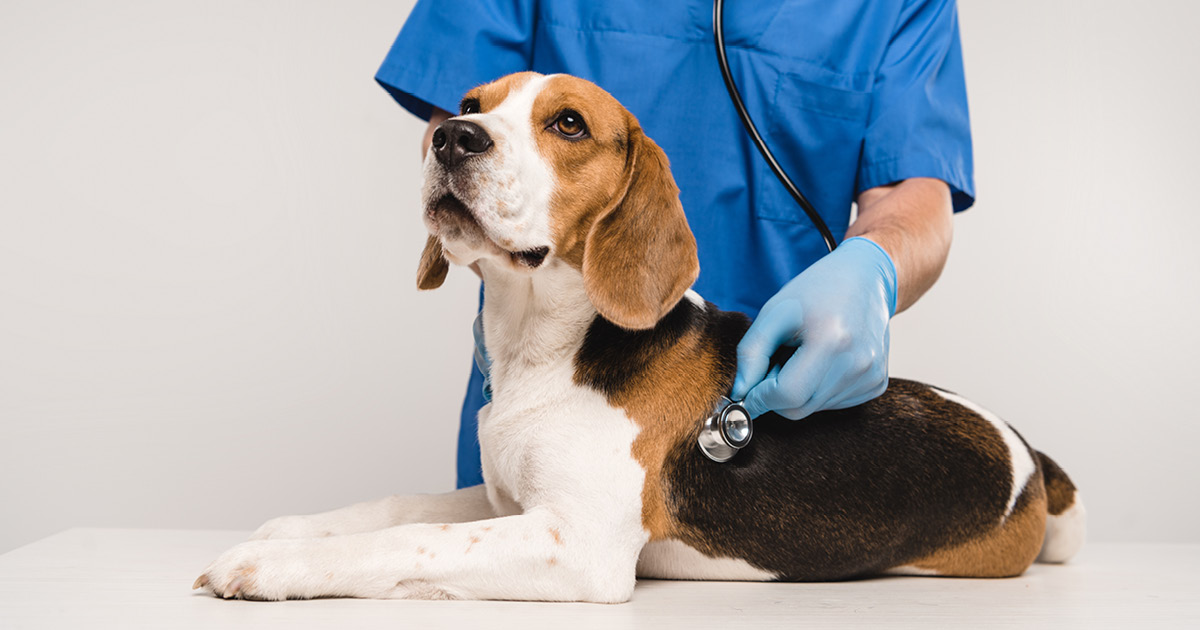
What may seem like excessive shedding could actually be normal for some dogs. But it also can signal stress, poor nutrition or a medical issue. You should speak with your veterinarian if you think your pet is shedding more than normal or if you notice any of these changes:
- Dry, dull hair that pulls out easily
- Fur that falls out in clumps
- Bald spots or thinning fur
- Irritated skin, including redness, bumps, rashes or scabs
- Open sores
- Frequent scratching
- Constant foot licking or face rubbing
Your veterinarian will be able to determine whether the shedding is normal for your pet and can rule out any previously undiagnosed health issues. If the shedding is normal, talk with your veterinarian about the pet food you’re feeding and whether your dog might benefit from a change.
Low-Shed Dog Breeds

Sometimes, the best way to stop worrying about excessive shedding is to skirt the issue entirely and become a pet parent to a low-shed dog breed. Some breeds shed far more than others, so if you’re considering a new four-legged friend and a dog’s shedding is a concern for you, here’s a breakdown of some low-shed dog breeds that can make your dog shedding worries nonexistent.
READ MORE ABOUT LOW-SHED DOG BREEDS
Can Nutrients Help Manage Your Dog’s Coat and Control Shedding?
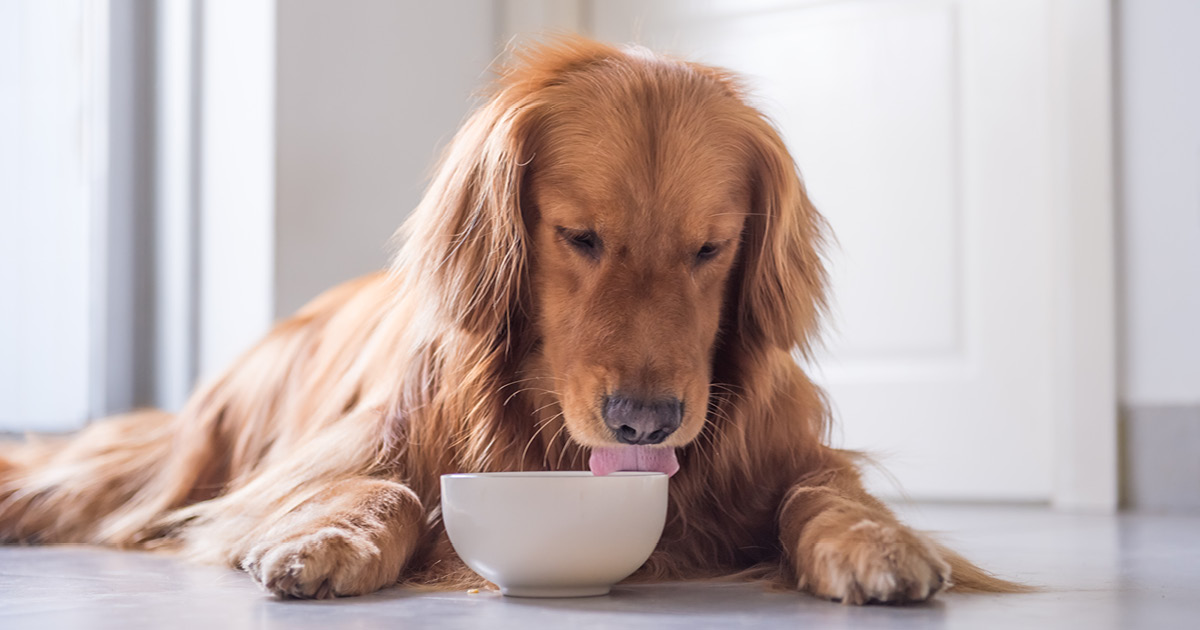
Just like how your dog needs a certain amount of nutrients to stay healthy and active, their hair also needs specific nutrients to stay strong and shiny (and less likely to shed). If your dog’s diet doesn’t meet their fur’s nutritional needs, they may have dry, brittle hair and a dull coat — and result in more shedding. A healthy diet is essential to dog owners for keeping their pet’s coat healthy and keeping excess fur under control.
READ MORE ABOUT NUTRIENTS AND YOUR DOG’S COAT
Peculiar Pet Facts: Dogs Have Three Types of Fur

When considering your dog’s coat type to control loose hair, it helps to better understand the three types of hair you might be dealing with. Pet parents might not know that many dogs have three types of fur, and hair loss doesn’t necessarily apply to all three. When your dog sheds, they are likely shedding from their colorful outer coat or their insulating inner layer. But a dog’s hair can come in a third form as well: Whiskers! If you’re one of the pet owners looking to understand more about all three types of dog fur, click below.
READ MORE ABOUT THE THREE TYPES OF DOG FUR
Dog Grooming 101
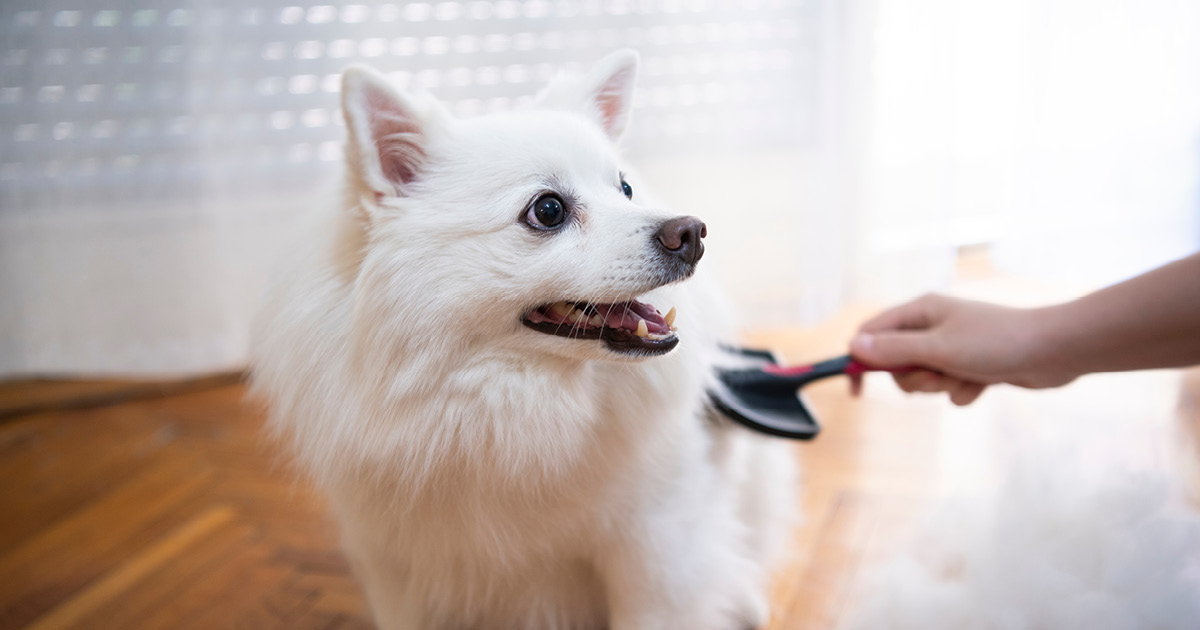
Properly grooming your dog is one of the best ways to cut down on their excessive hair loss, and it keeps the dog’s coat healthy. But grooming is also a great way to bond with your constant companion. Here are some tips for great grooming to reduce dog shedding.
READ MORE ABOUT GROOMING YOUR DOG
Shedding That Excess Hair Isn’t Impossible
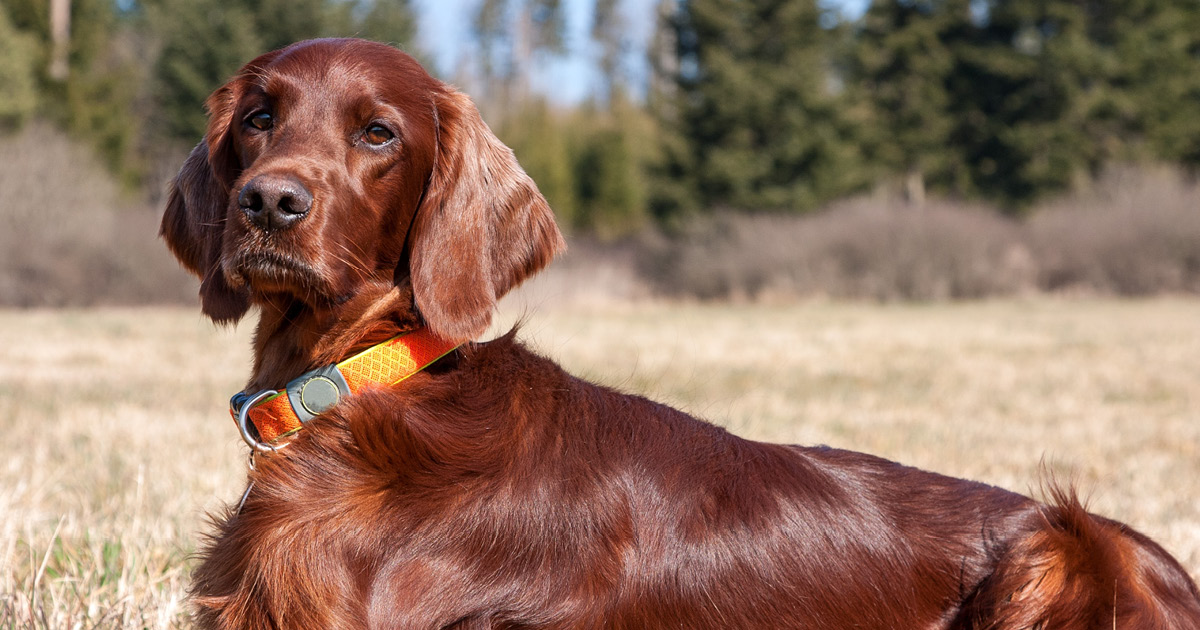
A dog’s shedding can certainly be bothersome, but just knowing a little more about your dog’s hair, coat health, hair loss, the shedding process and what causes excess shedding can go a long way.

